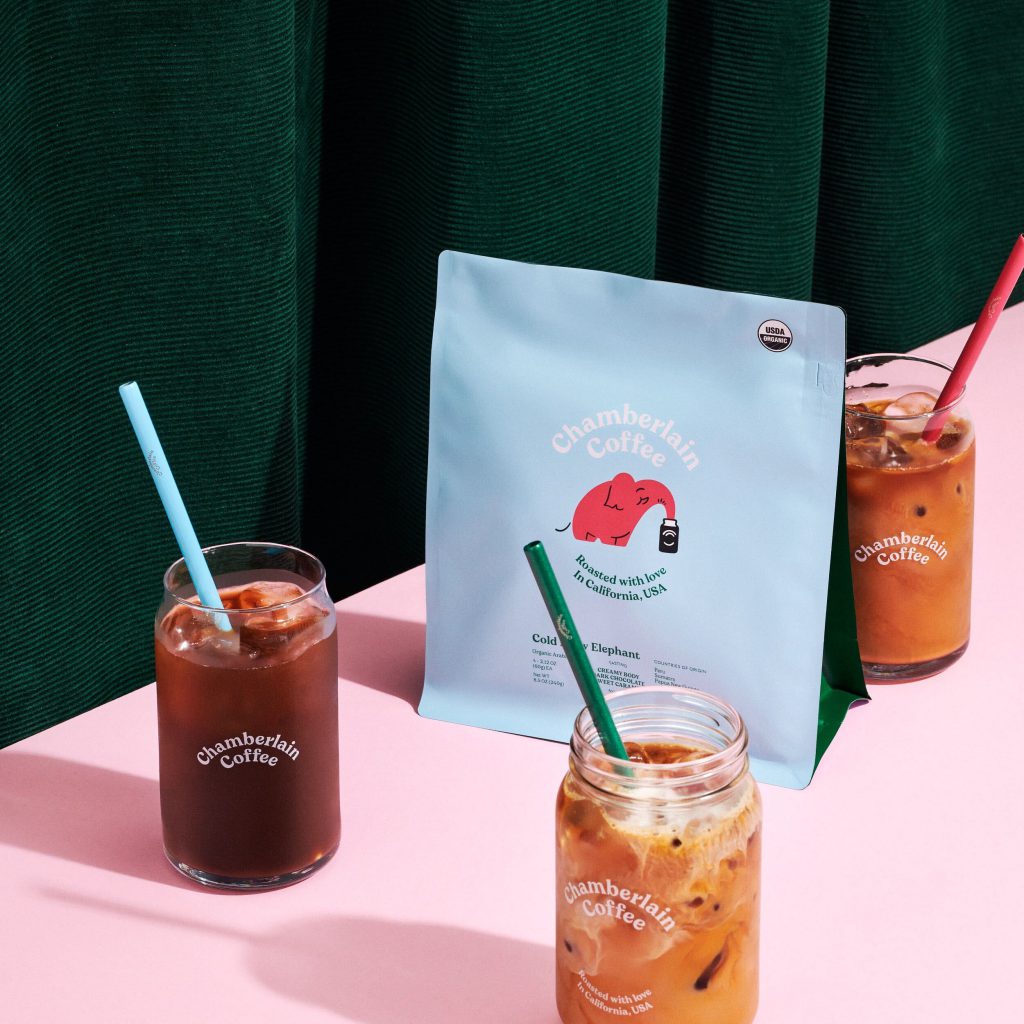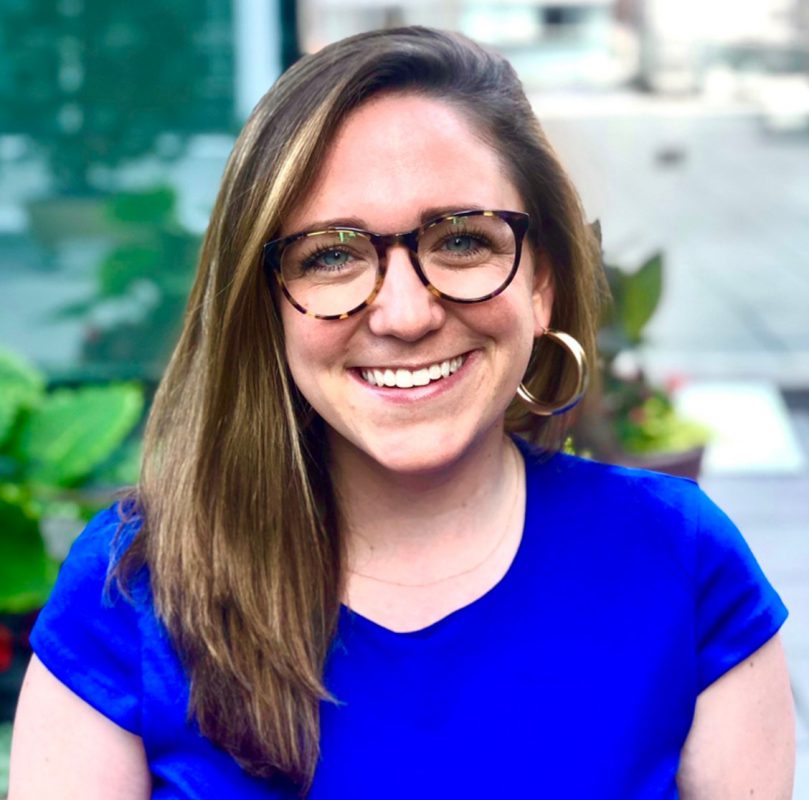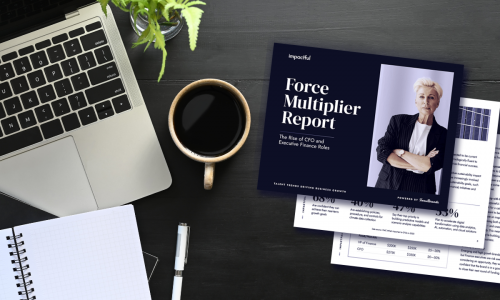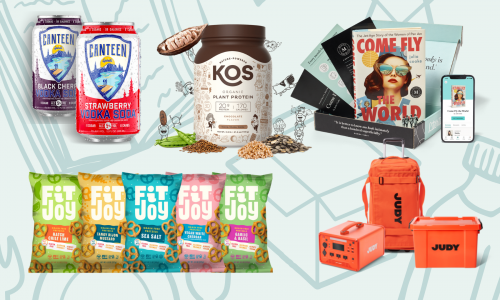Emma Chamberlain, the “Cold Brew Queen” wanted to share her passion for java with the world, so she created Chamberlain Coffee. Almost immediately, her followers and coffee lovers around the country were hooked. Now, you can find Chamberlain Coffee in stores and online — and you can rock highly sought-after merch.
But it took time and a lot of important decisions to get the company to where it is today. I spoke to Christopher Gallant, the CEO of Chamberlain Coffee about the brand’s success and the moments that transformed the company into a powerhouse.
Alexis Benveniste: How did you get involved with Chamberlain Coffee? What does that timeline look like?
Christopher Gallant: The company was started in 2020. Emma did an MVP, a minimum viable product, and it sold out like crazy, so they brought in a venture studio to help build a brand and fund the seed funding round. It really just started off with Emma and her team sourcing it. It was truly a bootstrap, ground-up thing.
Once they got off the ground, they called me. I have a background — the past 15 years — in beverage, and before that, I was in strategy. I came in to run it in mid-2021, so it’s been a little more than a year and a half now.

AB: Emma has a massive audience. How did that help propel the company?
CG: I think there are two things: She has a large audience, so it allows us to have a much broader reach through her channels and through broader PR as well. The second thing that’s unique to Emma is that her audience is very, very engaged, passionate, and positive. So it allows us to build off of that positivity around her, and that translates to our brand.
AB: How do you feel like the pandemic tied into the success of Chamberlain Coffee?
CG: People were online more, so they were able to see the product more. Also, people were making coffee at home as opposed to buying it at cafes, so that was a great moment for bagged coffee. The number of people buying DTC versus online shot up like crazy. It’s down now. It’s reverting back to the growth mean. I don’t see it going away, but it just accelerated so quickly and so heavily over the course of six months. Buying coffee online became a regular and normal thing.
AB: Tell me about the ideation phase. Why did Emma start with coffee and decide to stick to it?
CG: She loves coffee. It’s truly a passion play. This is not just a celebrity brand. Emma is passionate about coffee. I think that’s what really helps us more than anything — the authenticity that’s tied to the brand. Before she launched this company, people called her the Cold Brew Queen because she always drank cold brew coffee.
There’s this really organic authenticity that I think a lot of times celebrity brands are missing.
AB: What role does Emma have in the company now?
CG: She’s still very involved in the product selection and design process. She taste tests everything, and there’s a lot of back and forth when it comes to refining blends. She’s creative — so she focuses on product marketing and creative, and I do the business operations. Emma’s in a lot of marketing and creative meetings, and all the business operations stuff, I hedge. She also attends sales meetings with us, so she’s pretty deeply involved.
AB: What was the turning point in terms of expanding from just coffee to matcha, hot chocolate, and tea?
CG: Matcha was the real turning point. That was the first non-coffee product, and we released that in the fall of 2021. As we looked at the market, it was partly about thinking about what trends are out there that we should get ahead of and it’s partially about thinking about what we think our consumer wants. We have such an engaged consumer base that if we put a survey out, we’ll get 10,000 responses in one day. Say out of 10,000 people, 50 percent say they want chai, we should probably release chai, which we did, and it sold really well. Interacting with our consumers is really helpful.

AB: Because of Emma’s following, you had that base to work off of and you had data before the company even launched. In terms of the merch for Chamberlain, can you speak to how that’s exploded and become part of the company’s culture?
CG: People like to brand themselves with Chamberlain coffee, so we try to create very cool things that are unique that they can wear and engage with. Half of our online orders come with some sort of merch – whether that’s apparel or coffee accessories – we try to create really high-quality and unique things for people to buy.
AB: What were the areas you immediately wanted to focus on and pump resources into when you started at Chamberlain Coffee?
CG: We needed help everywhere because the team just built this company on Emma plus a few people. There weren’t a lot of resources and they did a huge job, so we needed to build out everything from sales and marketing to finance.
In terms of strategy, we did a couple of things. First, with our DTC business, we just had so much business coming in, that there wasn’t a huge focus on retention. That can lead to a lot of challenges later because, you know, it’s a leaky bucket. So we really focused the team on subscription to retention.
The second thing was DTC to retail — making that transition from selling online to trying to get into grocery stores. That was a big piece. The last thing was looking at what other new and interesting products our consumers want from us.
AB: I’m interested in hearing more about your retail strategy. Why do you think it’s important to have a presence in stores even if your online sales are booming?
CG: Ultimately, people still buy their coffee at the grocery store, and we want to be where our consumer wants to buy us. If our consumer wants to buy from us on Amazon, we’ll sell on Amazon — even if it’s a lower margin for us. If our consumer wants to buy from us at the grocery store, we’ll be at the grocery store. We don’t want to make it difficult for consumers to get our product, and most coffee is still purchased at the grocery store, so that’s a big reason why we’re heading there.
AB: How did you decide which cities and towns you wanted to go after first?
CG: Southern California was an obvious one because we’re all here, but ultimately, Emma’s reach is national, so it’s important to think about where we go from here. National grocers are really what we’re looking to capitalize on.
It was a big transition for us. When I started at Chamberlain Coffee, the bags didn’t even have UPC codes on them. We’ve focused on everything from setting up the distribution structure to adding UPC codes to the bags.
AB: How were you able to create a solid marketing team that was able to bounce off of Emma’s ideas and creativity without stepping on her toes?
CG: Emma will always be the creative soul of this brand. But ultimately, there’s a lot more to marketing when it comes to getting that message to consumers, whether it’s thinking about how we actually spend money on creative, paid media, or podcasts. There’s so much more to marketing than just the creator’s piece. The creator is a huge, huge backbone of it. But we’ve built a marketing team that can take their creative direction from Emma and execute it across an omnichannel marketing strategy.
AB: It’s cool to see her voice and brand translated throughout the brand.
CG: My CMO was one of my colleagues from Red Bull. We both worked at Red Bull together, and Red Bull has a strong creative and a strong brand that has been around for years. As a marketer, you’re not going to change that brand ethos. Your job is to translate that into relevant messaging for consumers.
AB: How far can you see the Chamberlain Coffee brand going? Is the sky the limit when it comes to expansion?
CG: I don’t think about a specific number of products we can’t expand beyond. I do think about focus a lot, though, and making sure we keep the team — the product strategy and the marketing strategy — focused. When we think about a new product, we always ask ourselves, “Is this additive?” And is it additive in a positive way that won’t take our focus away? With a small team that has limited resources, you don’t want to be everywhere.
For example, we thought about adding coffee pods. What does that do to our supply chain? What does that do to our marketing message? What does that do to our downstream sales channels? If the answer is yes, all of those things are aligned, then yes, we can release something.
Interested in building your creator brand or working for one? Reach out to us to start the conversation.






